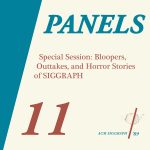William (Bill) T. Reeves
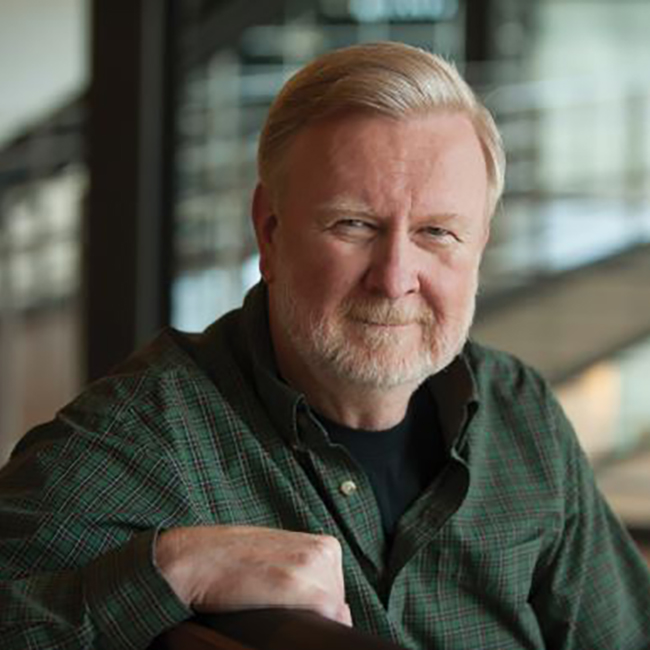
Most Recent Affiliation(s):
- Pixar Animation Studios, Head of Animation Research and Development and Technology & Pipeline Supervisor
Other / Past Affiliation(s):
- Lucasfilm
Bio:
Bill Reeves began his graphics career at the University of Waterloo and at the University of Toronto, where he received his B.S. in math and M.A. and Ph.D. in computer science. In 1980, Reeves joined the computer division of Lucasfilm as project leader of the systems group and a member of the computer graphics group. Several years into a career that focused Reeves on the field of animation, he invented the particle systems image synthesis technique that enabled the generation of very complex and detailed images.
From 1982 to 1986, he worked as project leader of the modeling and animation group at Lucasfilms. In 1986, Reeves joined Pixar as head of Animation Research and Development. His film credits while at Lucasfilm, Ltd. and Pixar include: Star Trek II: The Wrath of Khan, Return of the Jedi, Young Sherlock Holmes, Luxo Jr. (1986 Academy Award nominee), Red’s Dream, Tin Toy and Knickknac and others. In 1988, Reeves received an Academy Award for Best Animated Short Film for his work as technical director on Tin Toy.
A particle system is used to describe techniques for modeling, rendering, and animation of dynamic objects. The system involves a collection of particles, each of which has attributes that directly or indirectly impact the behavior of the particle and/or its neighboring particles. The individual particles can be graphical primitives such as points or lines, but they can also be any geometric entity (birds, stones, snowflakes, water drops, etc.) The other characteristic of a particle system is a random element that controls the actions and characteristics of each particle (eg, position, velocity, color, transparency, etc.) The random element is stochastically controlled, meaning that the randomness has bounds, controlled variance, or some mode of distribution.
Extracted from: https://ohiostate.pressbooks.pub/graphicshistory/chapter/19-1-particle-systems-and-artificial-life/ “19.1 Particle Systems and Artificial Life”SIGGRAPH 1992
William Reeves is head of Animation Research and Development at Pixar. He received his B. Math. from the University of Waterloo in 1974, a Msc. Computer Science from the University of Toronto in 1976, and a PhD. in 1980. From 1980 to 1986, Bill was a project leader in the systems, and then the graphics groups at Lucas Films. He joined Pixar in 1986. Bill is best known for his invention of the particle-system image synthesis technique. He has also made numerous other research contributions to the field including new in-betweening techniques, a model of ocean waves with Alain Fomnier, and an efficient anti-aliased shadow algorithm with David Salesin and Rob Cook. Bill’s film credits include: “Star Trek II: The Wrath of Khan”, “Return of the Jedi”, “The Adventures of Andre and Wally B.”, “Young Sherlock Holmes”, “Blowin’ in the Wind”, “Flags and Waves”, “Luxo Jr.” (1986 Academy Award nominee), “Red’s Dream”, ”Tin Toy” and “Knickknack”. In 1988, Bill received an Academy Award for Best Animated Short Film for his work as Technical Director on “Tin Toy”.
Experience Category: Jury Member:
Award(s):
Learning Category: Presentation(s):

Type: [Talks (Sketches)]
Everybody's an Effect: Scalable Volumetric Crowds on Pixar's Elemental Presenter(s): [Kanyuk] [Ouellet] [Taylan] [Moon] [Reeves]
[SIGGRAPH 2023]

Type: [Talks (Sketches)]
Practical Lighting on Toy Story 4 Presenter(s): [Tu] [Babb] [Chang] [Reeves]
Entry No.: [43]
[SIGGRAPH 2019]

Type: [Production Sessions]
Step Right Up, Everyone's a Winner – The Making of ‘Toy Story 4’ Presenter(s): [Moyer] [Reeves] [Williams] [Jordan] [Karski] [Skaria] [Jones] [Federov]
[SIGGRAPH 2019]

Type: [Courses]
Particle System Modeling Animation and Physically Based Techniques Organizer(s): [House]
Presenter(s): [House] [Breen] [Haumann] [Reeves] [Tonnesen]
Entry No.: [16]
[SIGGRAPH 1992]
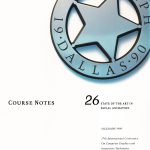
Type: [Courses]
State of the Art in Facial Animation Organizer(s): [Parke]
Presenter(s): [Parke] [DeGraf] [Waters] [Williams] [Wyvill] [Reeves] [Elson]
Entry No.: [26]
[SIGGRAPH 1990]

Type: [Technical Papers]
Rendering antialiased shadows with depth maps Presenter(s): [Reeves] [Salesin] [Cook]
[SIGGRAPH 1987]
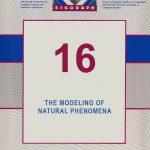
Type: [Courses]
The Modeling of Natural Phenomena Organizer(s): [Fournier]
Presenter(s): [Fournier] [Bloomenthal] [Oppenheimer] [Reeves] [Smith]
Entry No.: [16]
[SIGGRAPH 1987]
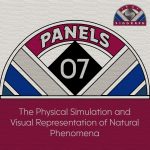
Type: [Panels]
The Physical Simulation And Visual Representation of Natural Phenomena Presenter(s): [Barr] [Reeves] [Wolff] [Wolfram]
Entry No.: [07]
[SIGGRAPH 1987]
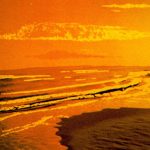
Type: [Technical Papers]
A simple model of ocean waves Presenter(s): [Fournier] [Reeves]
[SIGGRAPH 1986]
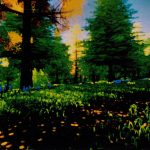
Type: [Technical Papers]
Approximate and probabilistic algorithms for shading and rendering structured particle systems Presenter(s): [Blau] [Reeves]
[SIGGRAPH 1985]
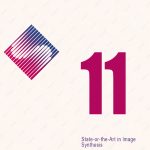
Type: [Courses]
State-of-the-Art in Image Synthesis Organizer(s): [Stock]
Presenter(s): [Gardner] [Porter] [Reeves] [Smith] [Stock]
Entry No.: [11]
[SIGGRAPH 1984]
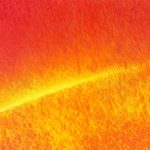
Type: [Technical Papers]
Particle systems—a technique for modeling a class of fuzzy objects Presenter(s): [Reeves]
[SIGGRAPH 1983]
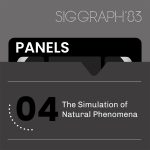
Type: [Panels]
The simulation of natural phenomena Presenter(s): [Blinn] [Gomez] [Max] [Reeves] [Csuri]
Entry No.: [04]
[SIGGRAPH 1983]

Type: [Technical Papers]
Inbetweening for computer animation utilizing moving point constraints Presenter(s): [Baecker] [Miller] [Reeves]
[SIGGRAPH 1981]
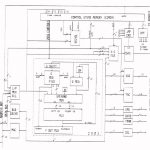
Type: [Technical Papers]
Towards a laboratory instrument for motion analysis Presenter(s): [Baecker] [Miller] [Reeves]
[SIGGRAPH 1981]
Learning Category: Moderator:
Role(s):
- Art Show Artist
- Awardee
- Computer Animation Jury Member
- Course Presenter
- Panel Moderator
- Panel Presenter
- Production Session Presenter
- Talk (Sketch) Presenter
- Technical Paper Presenter

